
Background
My background in photography has been fairly long, beginning when I was just a kid growing up in Minnesota. I grew up on digital cameras and besides taking photos with my parent’s film cameras a few times, I had never shot film. I bought my first DSLR when I was 18 and have slowly upgraded from a Canon Rebel XT to a a couple full-frame Canon 6D's. About a year ago I bought a Pentax KX 35mm film camera and a few lenses, and started dipping my toes into film photography using . Recently I bought a Mamiya C220 TLR from a gentleman who listed the camera on Craigslist. When I met him at his house to make the purchase, he proudly showed me baby photos he’d taken of his now 35 year old daughter. He was excited that the camera, which he had kept in pristine condition, would be loved and used again. My kit includes the Mamiya C220, 80mm 2.8 lens, 135mm 3.5 lens, hand grip, flash bracket, and cable shutter release. The camera takes medium format 120 or 220 length film, and exposes a 6x6 square frame.
I purchased three freshly dated rolls of 120 Kodak Ektar 100, and having just finished the first roll, I decided that it would be a good time to share my first impressions and thoughts. Keep in mind that the camera I’m using has undoubtedly shaped my first impressions, so in a significant way, this essay or review will be a blend of medium format film, and the Mamiya C220 TLR camera. This piece is by no means comprehensive, but realistically first impressions rarely are.
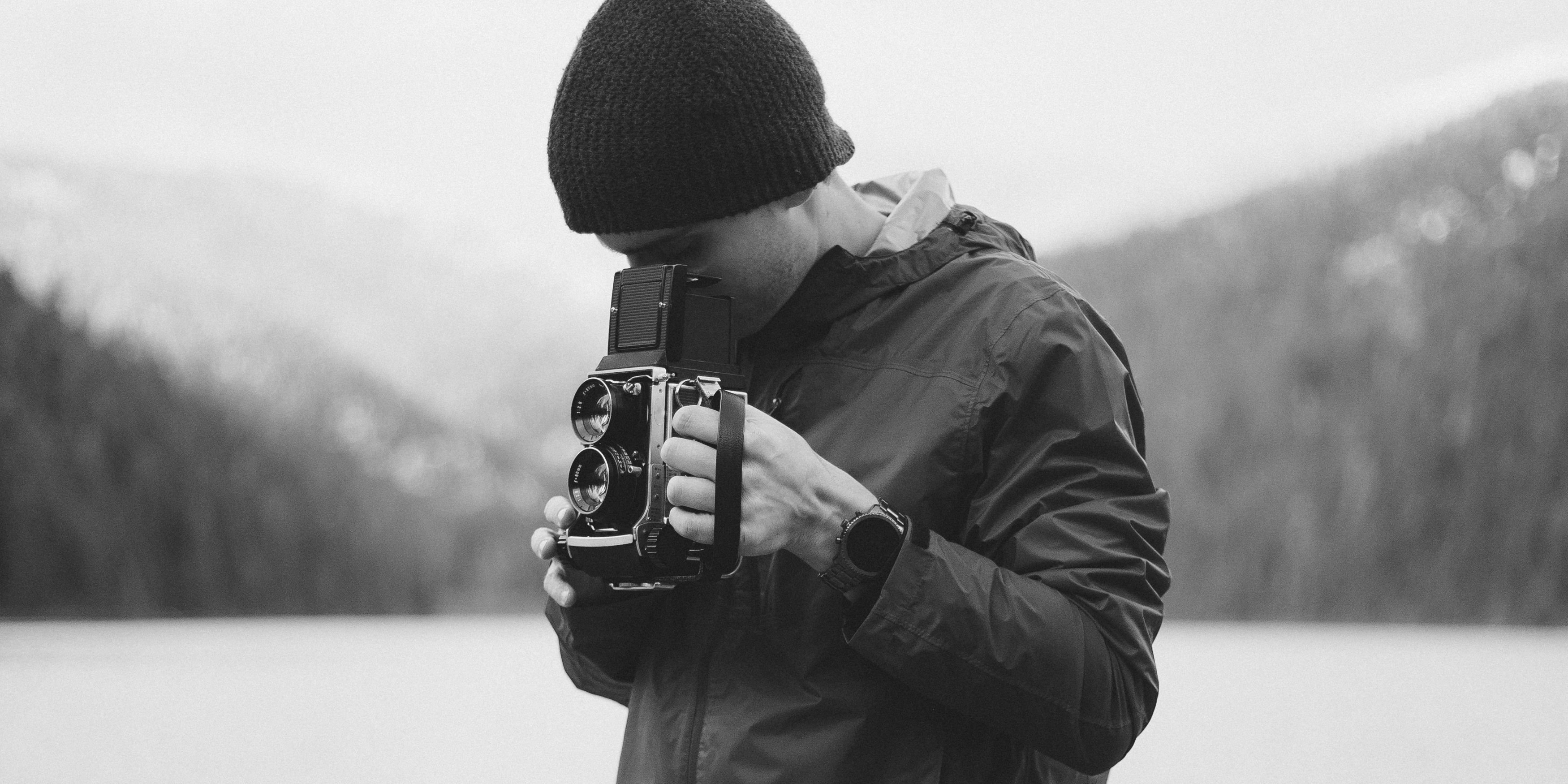
Setup
Thanks to YouTube, loading the roll of film was simple. I was fortunate enough that the prior owner of the camera left his last empty spool in the rewind chamber, so everything was ready to go. With my Pentax 35mm camera it’s always a bit of guess where the first usable frame on the negative is, so I have often have the #firstoftheroll effect on that initial frame. With this camera, you load the film to the arrows on the backing paper, and then crank the film advance knob until it stops turning. The frame counter will read “1” and you are ready for your first exposure. With 120 length film, you are able to take 12 exposures on one roll.

Shooting
This section doesn’t really pertain to the actual medium as much as it does with the camera that I’m using. The Mamiya C220 is a twin lens reflex (TLR) camera. This means that it has two lenses. The top lens focuses to a mirror that reflects to the ground glass in the waist level viewfinder. The bottom lens focuses light directly to the film in the camera. Using this camera is fun, and much slower than anything I’m used to. The waist level viewfinder is new to me, and it’s a simple joy to see the scene reflected in that small square piece of glass.
The process to take a photo includes cocking the shutter, which is on the lens itself, advancing the film, metering the scene, adjusting the aperture and shutter speed, and focusing as desired. The camera is fully manual so you will need to use an external light meter of some kind, or follow the “sunny 16” rule. I don’t have a light meter outside an app on my phone, or the one built in to my DSLR, so I use one of those two. Obviously the final step is to compose and take your shot. I was surprised how quiet the shutter is on this camera, especially at shutter speeds of 1/125 and above.
Using this camera, and shooting this format really encourages me to slow down and make careful considerations before each shot. One reason is because the camera demands you take your time — time to manually cock the shutter, advance the film, meter, and make all the needed adjustments. There is nothing automatic about the process. The second reason is because of the cost of medium format film, developing, and scanning. Without a disposable income, I want to make sure each shot I take is worthy of licensing to a client, or printing to share with someone. I’m hoping that shooting medium format film will help to improve my process and technique when shooting with my DSLR. I know that I have thought about it since shooting this roll of film. I’ll have my eye up to the viewfinder of my DSLR, and take extra time considering the edges of my frame, distance to the subject, and composition. I ask myself, “is this a shot I would take with my Mamiya?”

Why
Why medium format? I'll be honest with you. I needed something to inspire me, to motivate me. I needed something that excited me about photography again. Even though that might sound kind of odd, I have noticed it before in my photography, that when I get a new piece of gear, go to a new location, or learn to edit photos in a new way, I'm freshly inspired to go out and create. I doubt I'll ever shoot a majority of my images in this format, but if it pushes me to try new things, get outside, and make photos, I'll consider it a worthy investment.

The Photos
Now here are the photos from the first roll of 120. They're shot on Kodak Ektar 100 and gently edited in Lightroom with adjustments to exposure, contrast, and white balance.
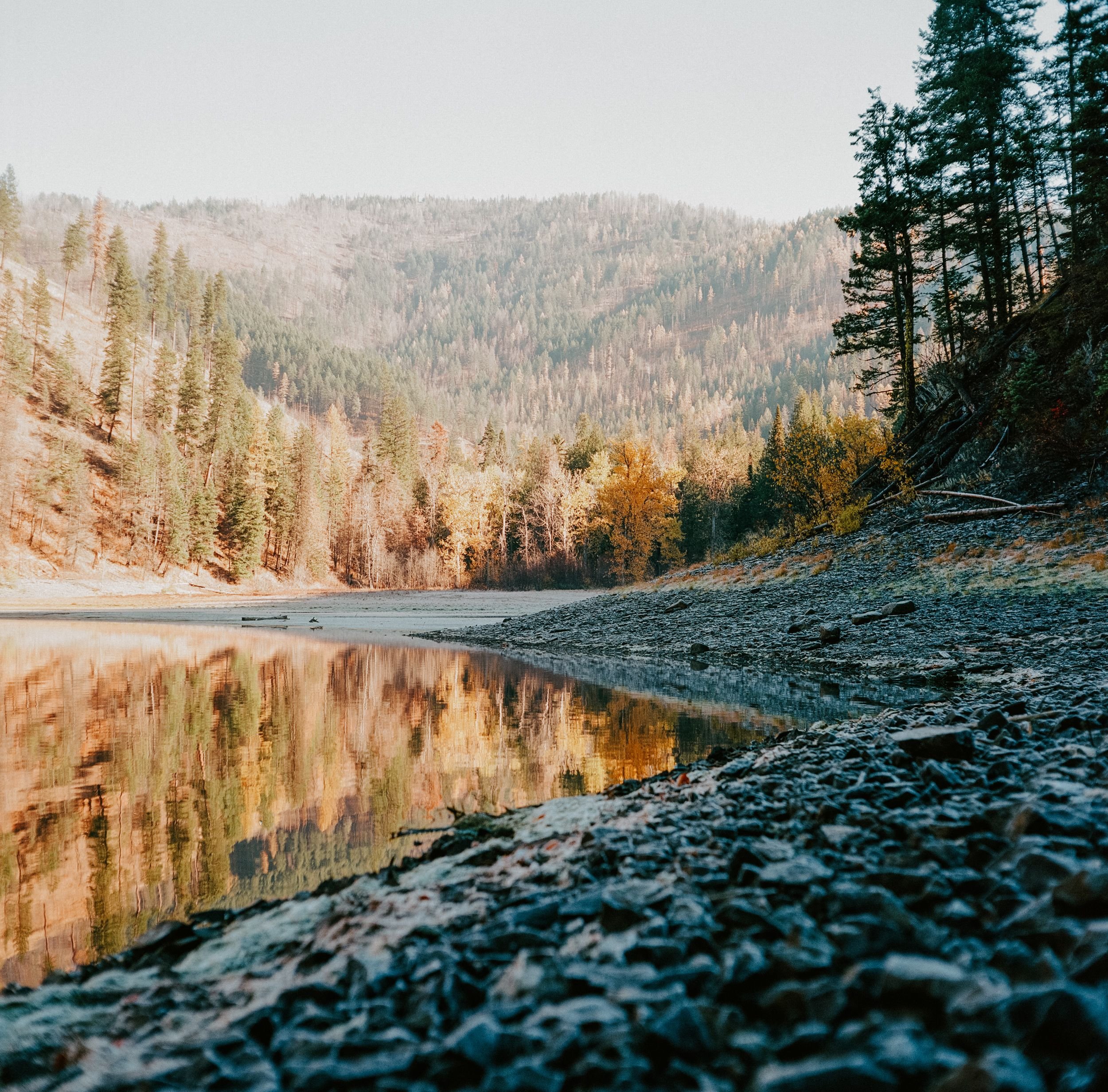
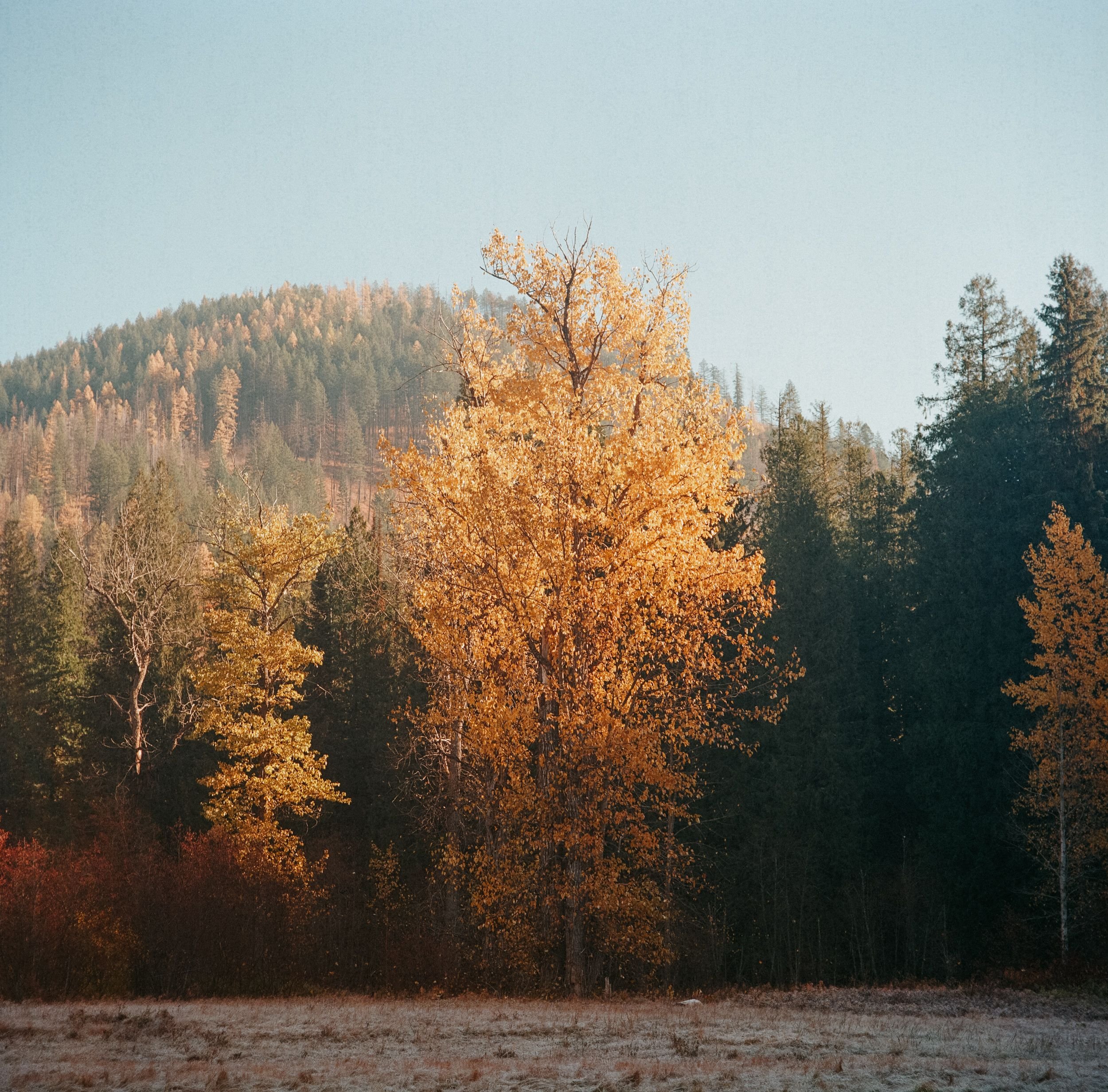
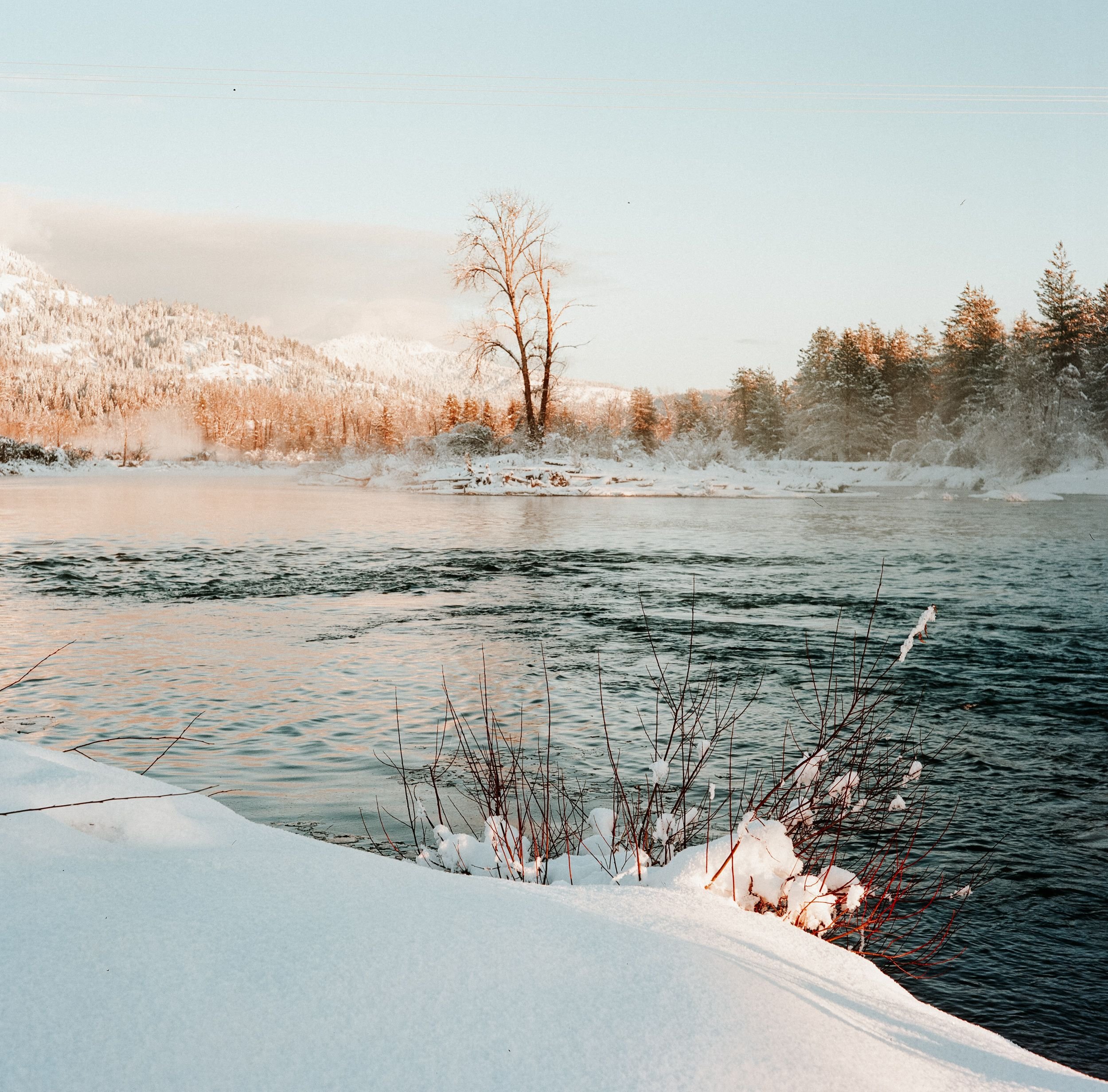
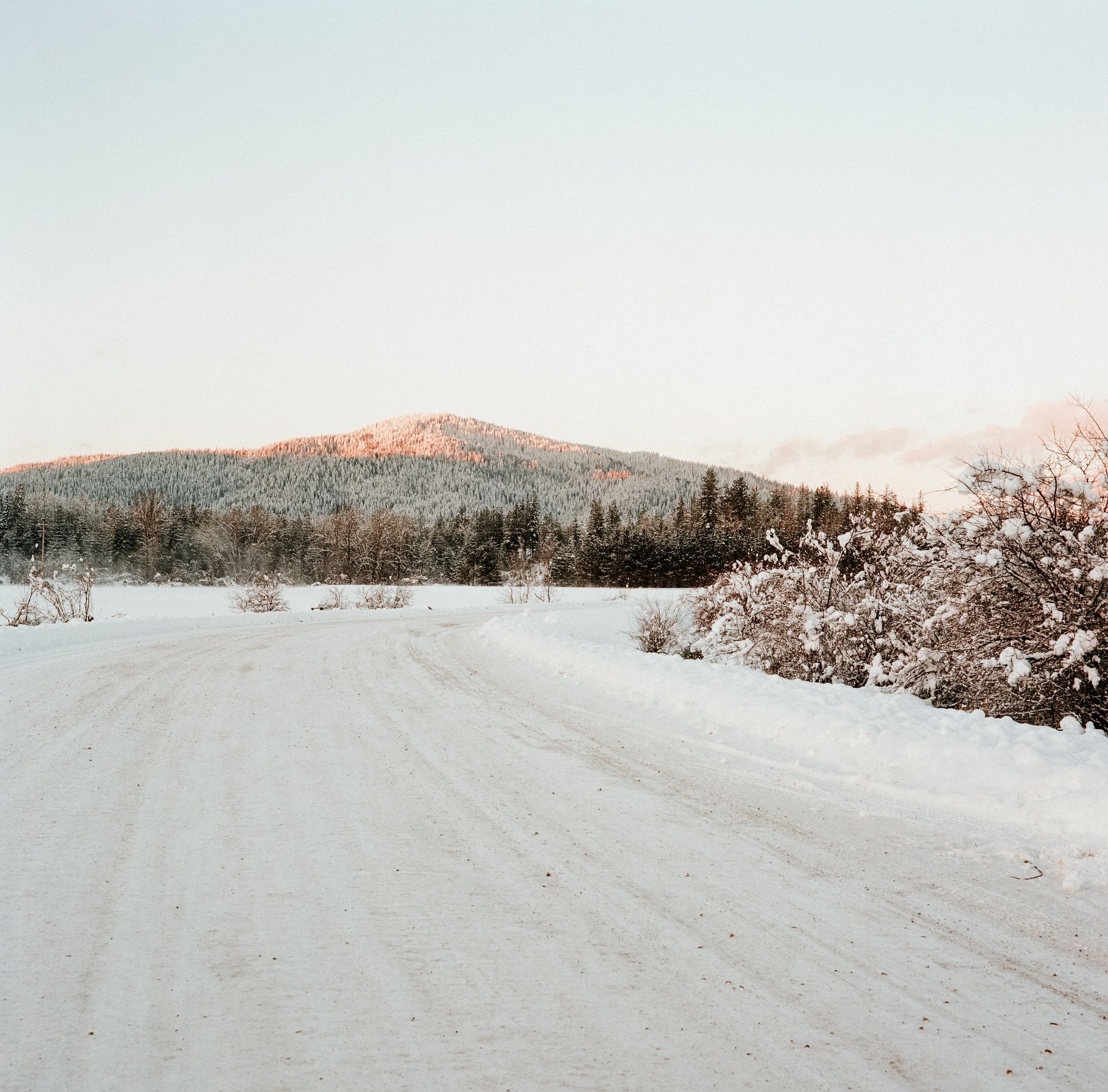
Are you a film shooter, and have experience shooting medium format? I'd love to know if you can relate to my experience of shooting 120 for the first time. Drop a comment below. I love chatting about film and photography in general. I also hope this post has inspired you to get outside, try something new, and exercise your creativity!
Thanks!
